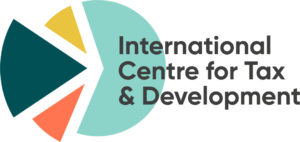Working Paper 203
This paper supersedes a report published in May 2022 on an earlier version of the online interactive evidence gap map (EGM) on digital financial services (DFS) (Mader et al. 2022a). The current EGM can be found and explored here. This paper presents the results of a more recent updated search for studies.
Our initial search in 2021 had identified 205 relevant studies, of which 40 studies were categorised by us as high confidence, 97 as medium confidence, and 68 as low confidence. The update search in November 2022 identified a further 521 studies for the period from May 2021 to November 2022. Of these, 315 met our inclusion criteria and were assessed based on the same criteria as before. We categorised 19 of these studies as high confidence, 129 as medium confidence, and 167 as low confidence.
In terms of findings from the EGM following the update, we note that the evidence base has continued growing rapidly, showing topical and geographic clusters as well as important gaps. Notably, between 2021 and 2022, low-confidence studies were published at a much faster rate than high-confidence studies. Methodologically, the evidence base is still dominated by quantitative approaches, and experimental study designs dominate among the high-confidence studies. The geographical focus of many studies remains East Africa and South Asia, although the update indicates a widening geographical scope, with a considerable number of studies now focusing on China. The dominant service studied remains mobile money, although more recent studies have also examined ‘DFS’ in general as well as broader categorisations such as ‘fintech’, which include mobile banking and/or mobile money.

